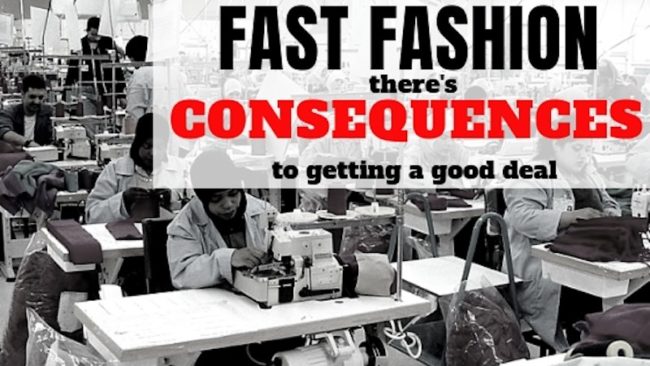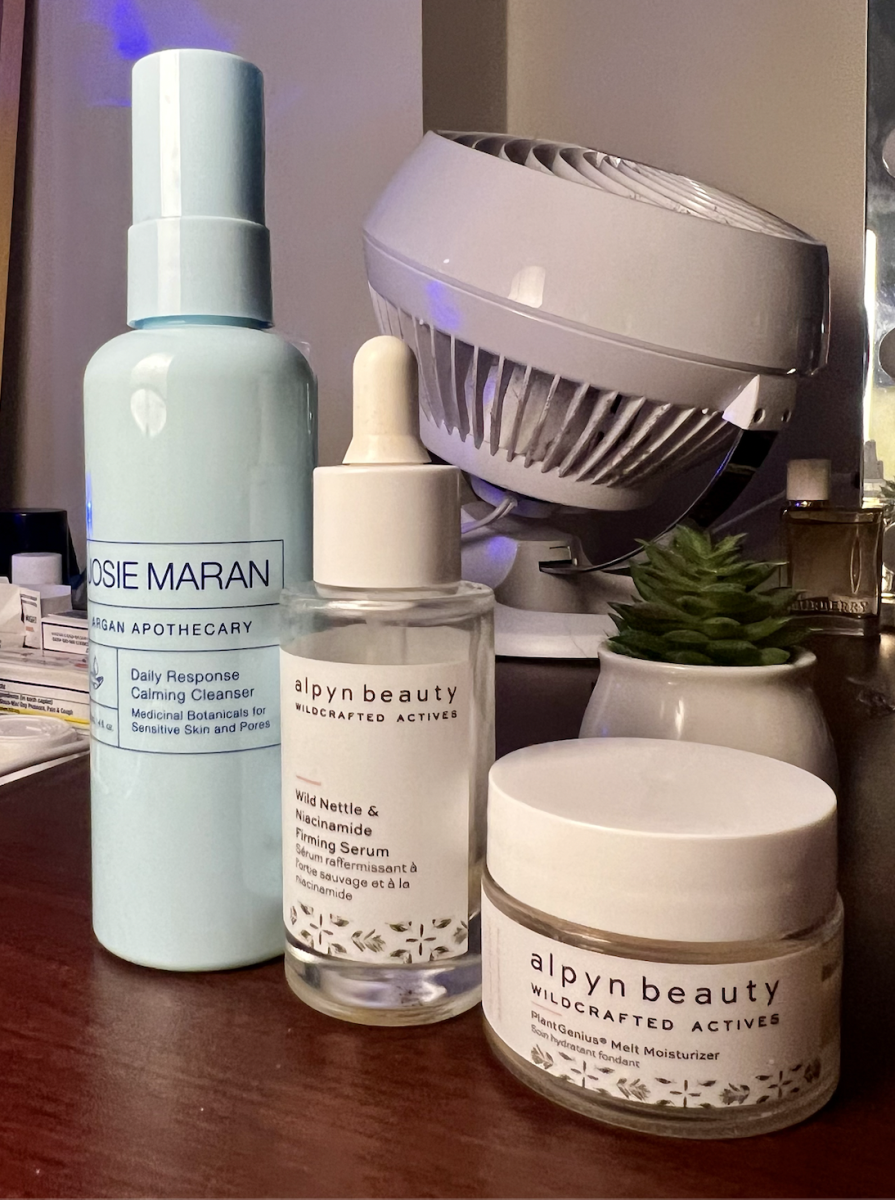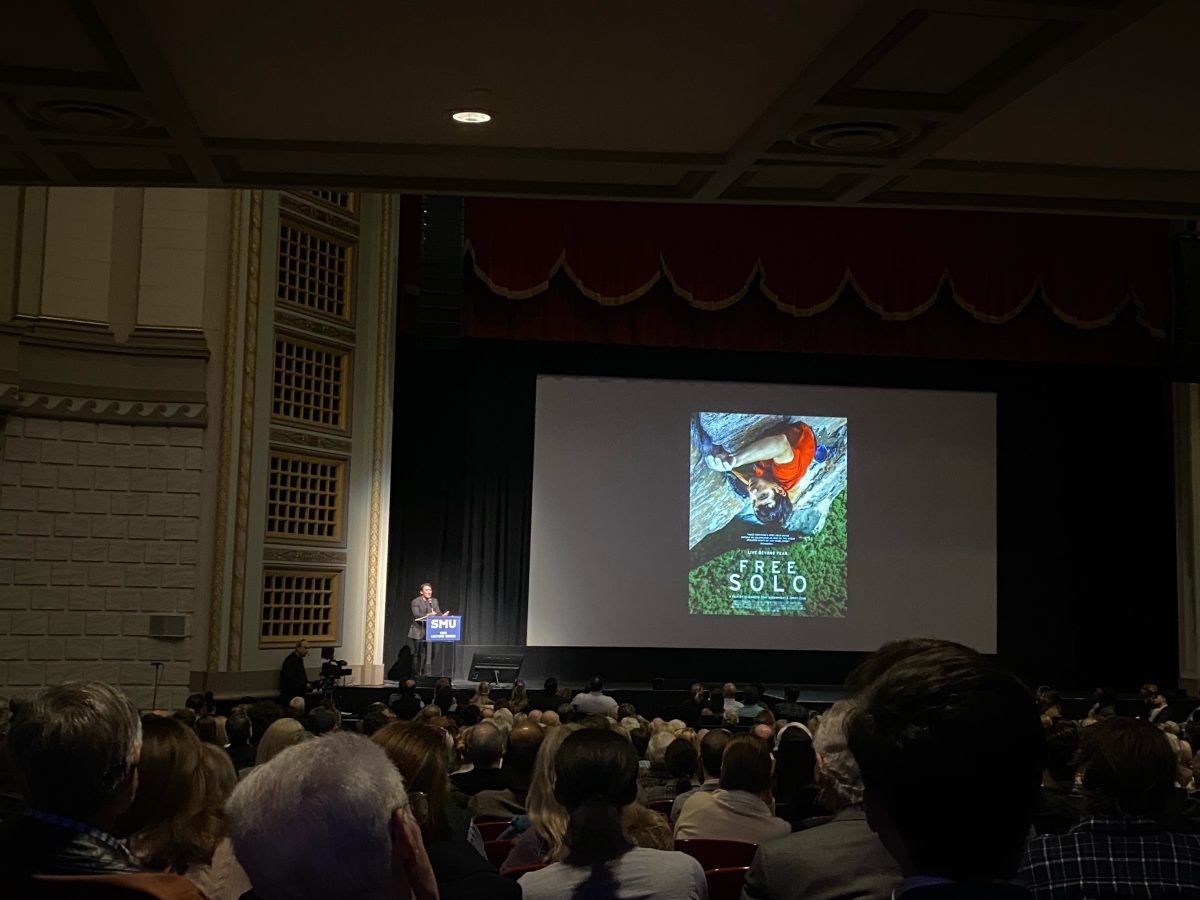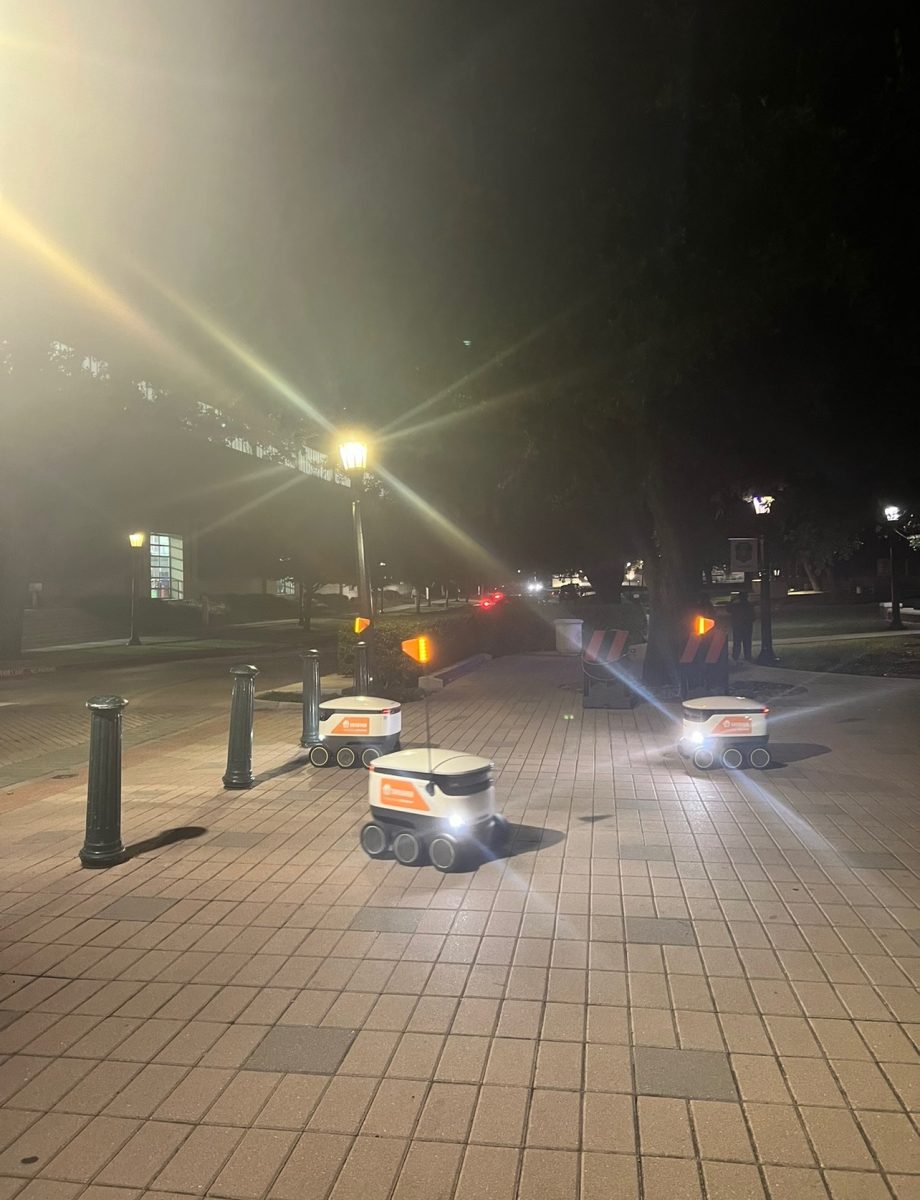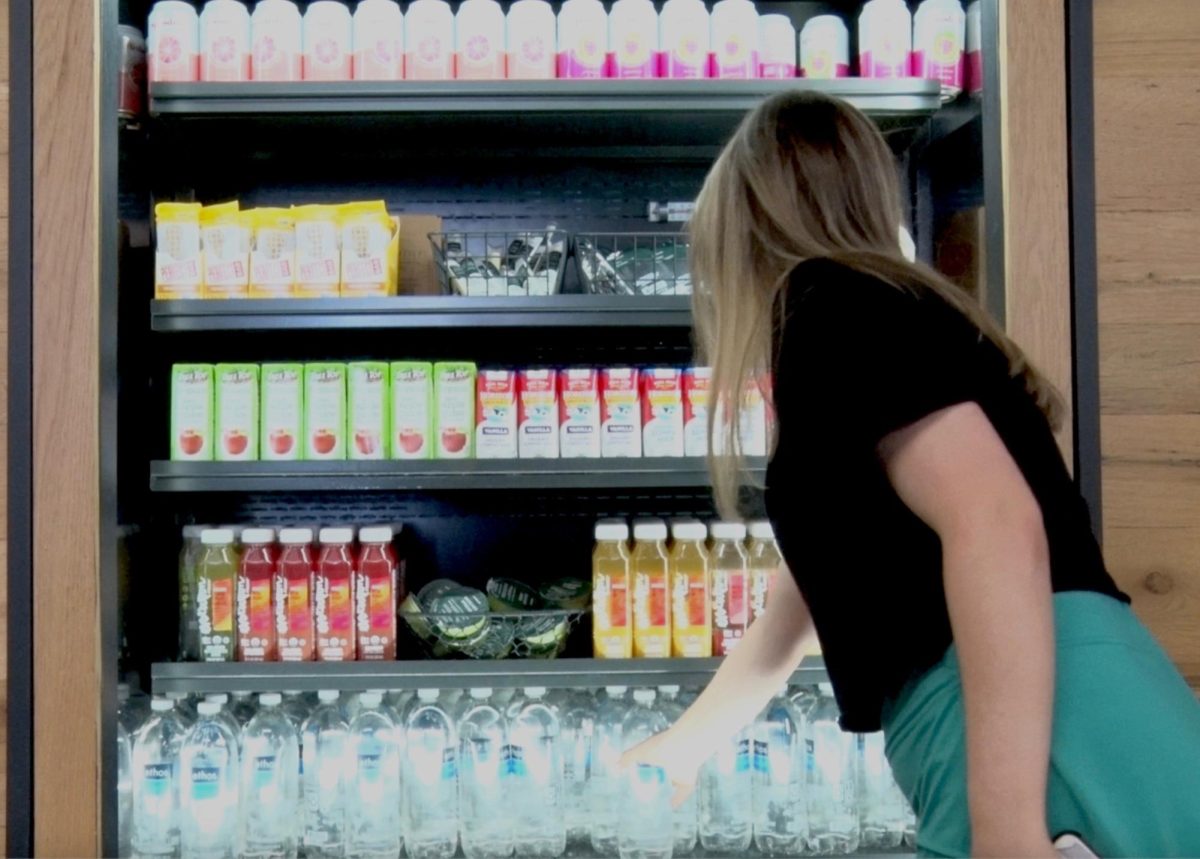It’s a Saturday night and I’m facing a dilemma that seems trivial in nature; a closet full of clothes yet nothing to wear. It seems like a problem perhaps only Carrie Bradshaw could solve.
This first-world problem seems to especially affect college-aged women, like me, a 19-year-old student at Southern Methodist University in Dallas, a particularly stylish campus. Many ask the question of why spend money on a top that’s guaranteed to be covered in cheap beer, sweat, and dirt at the end of the night. While a $300 artfully crafted silk camisole sounds nice, it simply isn’t feasible for many college students and young people across the country.
“Saks Fifth Avenue dreams, but Forever 21 realities,” Megan Kennedy said.
Young people around the country have differing opinions on how to spend their money. I spoke with Megan Kennedy about her spending habits when it comes to clothing. As a sophomore at Purdue University in West Lafayette, Indiana, she credits her school’s rural location for part of the reason she turns to fast fashion online. Her mainstays include Forever 21, SheIn, Nordstrom, Boohoo, and Missguided. Fast fashion has become especially popular among college students because of the appealing price point.
“[Sustainability] is not a priority of mine as a college student spending my own money,” Kennedy said.
Sam Koutnik, a student at the University of Dayton in Ohio, has a similar mindset to that of Kennedy. While the desire to shop more responsibly is there, cost is a barrier.
“I don’t really have the resources to worry about [sustainable clothing] right now,” Koutnik said. “That sounds kind of bad, but if I were to keep up with sustainable clothing and spend those extra dollars I wouldn’t have enough money for food because I do spend X amount on food and X amount on clothes, so I don’t really have room with my income. Especially because I don’t have a job right now so I’m just living off my savings from the summer.”
Koutnik mainly tries to find deals on going-out clothes, but splurges on activewear and loungewear. She invests in products from brands like Lululemon or Athleta because of their quality. But just because the price point is higher doesn’t mean these brands are any more sustainable than fast fashion retailers.
In describing her shopping experiences at fast fashion brick and mortar stores Koutnik said, “It’s definitely a hit or miss situation.”
Koutnik tends to compartmentalize when it comes to her shopping choices.
“Whenever I do order a top that’s like $6 I’m always like how do they have this for so cheap. I’ve always been kind of inquisitive about that, but I’ve never dove deeper in to realize why it’s so cheap. There’s definitely some labor problems going on that I did not realize,” Koutnik said.
If you frequent fast fashion, examine your closet. You would be in there for hours looking for a “Made in USA” label. Countries like Bangladesh, India, Cambodia and China seem to appear on every tag. But why? Retail is an industry that thrives on exorbitant markups. The standard varies widely across the industry, but many stores employ a fifty percent markup on the wholesale price as the norm to maximize profits. Because of this, companies like Forever 21 try to keep item costs as low as possible so that a shirt can be sold for under $10. How can they keep prices so low?
The answer is by not paying workers fair wages and outsourcing production.
The LA Times published an article that digs deeper into the twisted loopholes companies, such as Forever 21, go through to avoid paying fair wages, even in the USA.
The bottom line of fashion is that just as quickly as things are in, they are out. In order to remain on trend if feels like you must constantly buy, buy, buy! And often times that means sacrificing your morals.
“[Environmental sustainability] is definitely something that a lot of companies market themselves on and something to definitely be more cognitive of, although I’m personally not,” Kennedy said. “If I could be very, very aware of it I most definitely would, but I would say that a lot of the companies that do have the environment as a priority are not cheap. Doing things the right way is not always going to be cheap.”
This is true. In comparing a basic black bodysuit from Forever 21 versus one from the environmentally responsible shopping destination Reformation, the sustainable version is nearly four times the price.
Fast fashion has come to describe a slew of stores that churn out on trend items at very cheap prices. Many of these stores developed in the late 90s early 2000s. The selling point of these stores has been not having to sacrifice trendiness for cost. Popular stores in this category include Forever 21, Zara, Boohoo, Missguided, H&M, and SheIn among many others. A top for $9.99 seems fishy compared to its $92 counterpart, but as a young woman balling on a budget it’s easy to not ask further questions about an item’s origin.
“A lot of the looks and pieces are very similar on some of these fast fashion websites and if the look is very similar why would you be spending close to triple the amount,” student Megan Kennedy said.
Fast fashion retailers thrive on the constant need for a new outfit. With the onslaught of social media in the past decade, it can often seem taboo to be photographed in an outfit more than once. Some stores have presented themselves as a solution to this predicament by offering pieces that weigh lightly on the purse strings. With a host of formals and parties throughout the semester, students may find clothing to be a large expense. This has led to retail websites that let you rent fashion, like RentTheRunway.com or Curtsy, but even those can come with steep price tags. Many combat this by turning to fast fashion.
“If it’s just a run-of-the mill event and I’m only going to wear it once or twice, especially going out clothes, if I’m only going to be wearing it going out a few times, there’s not a huge draw to be spending a huge huge amount of money on a body suit,” Kennedy said.
With the onslaught of social media in the past decade, it can often seem taboo to be photographed in an outfit more than once.
With the change of the retail landscape in the past few decades, the luxury market has adapted as well. Luxury re-sellers are popping up all over, and they are determined to make consignment cool again. Online platforms such as fashionphile.com, vestiairecollective.com, The Real Real, and Luxury Garage Sale offer popular designer items at a fraction of the price. Luxury Garage Sale and The Real Real both have a presence in Dallas.
In October, luxury consignment company The Real Real held its second annual event celebrating National Consignment Day. This event marked the unveiling of the website’s sustainability calculator. Valuations manager Ashley Chan described it as a tool that allows consignors to see the softening of their item’s environmental impacts and the benefits of purchasing pre-owned items.
Regional director Erin Antesberger echoed that fashion is a dynamic industry. She said, “Our business is fast. You know fashion it changes really fast.”
The Real Real offers buyers an edge by providing items that are rare or may have been discontinued. They present themselves as a season-less retailer offering over the knee boots at the same time as summer dresses.
Sustainability is not only confined to used goods. It has infiltrated the luxury sector as well, and Stella McCartney is leading the pack. As the designer of her eponymous brand, she has challenged the luxury sector to be better. McCartney does not sacrifice fashion for sustainability and is committed to using vegetarian materials such as faux fur and faux leather.
For many, fashion is a question of long-term investment versus affordability. Because even though an item may only last a year, if it is only $6 why does it matter?
“Now I’m questioning how I buy all these items and end up giving them to Goodwill by the end of the year,” Koutnik said.
It is not like the public is unaware of the horrors of fast fashion. In 2007, Bullfrog Films released the powerful documentary “China Blue” that detailed the horrific conditions of a denim factory in China. Subpar conditions came to light once again in 2013 with the collapse of the Rana Plaza factory that killed more than 1,100 people. Still after all of this, stores remain in business, items get produced, and workers are underpaid. Sadly, in the end it seems as though the desire for new clothing outweighs its ethical implications. Megan Kennedy acknowledged the horror, but genuinely revealed she would continue to shop fast fashion.
“I saw an article on Twitter and it was a package from Boohoo, so they are obviously doing mass production from China probably paying workers below minimum wage to be able to make their pieces so cheap and have so many sales. It said something like ‘help me,’ a note was placed on one of the shopping tags. It is difficult to separate your desire and your thinking. Well, it’s still being made, so why does it matter if I purchase it? Because someone else will,” Kennedy said. “It is something I want to be more civically responsible in the future, hopefully with a higher budget.”
Me too, Megan, me too.








